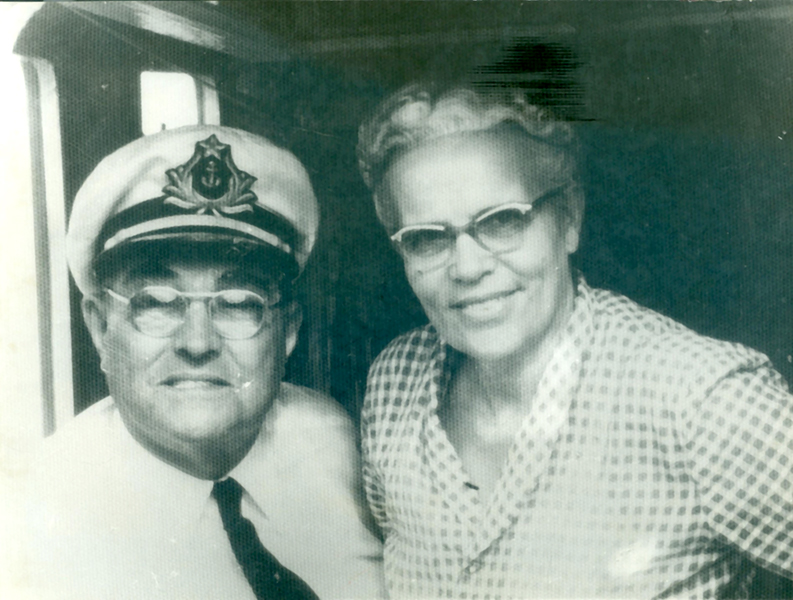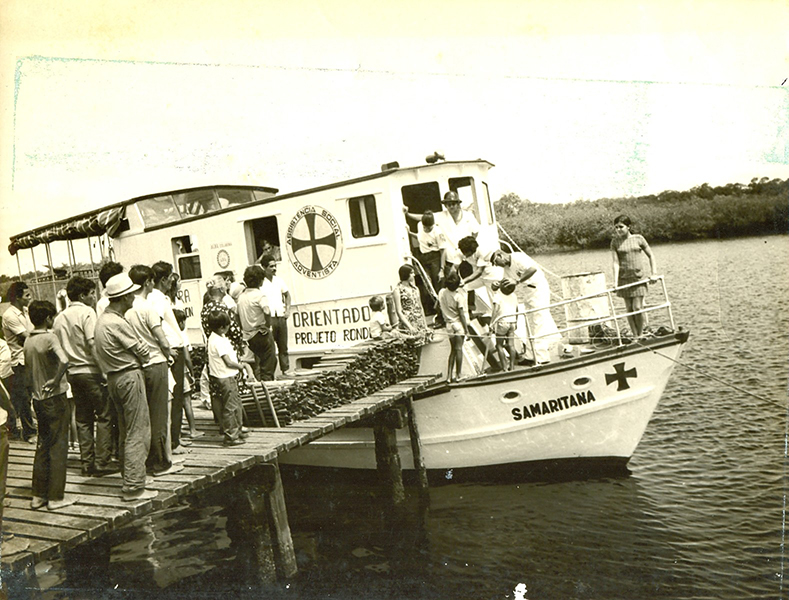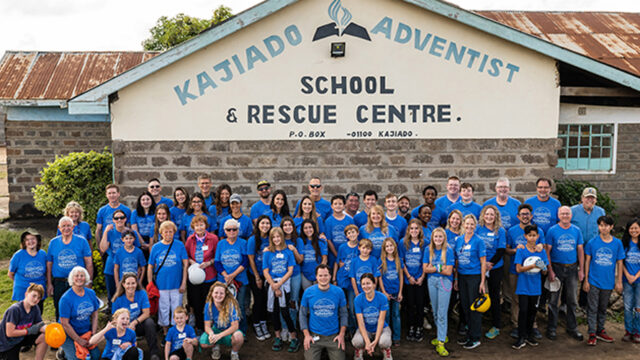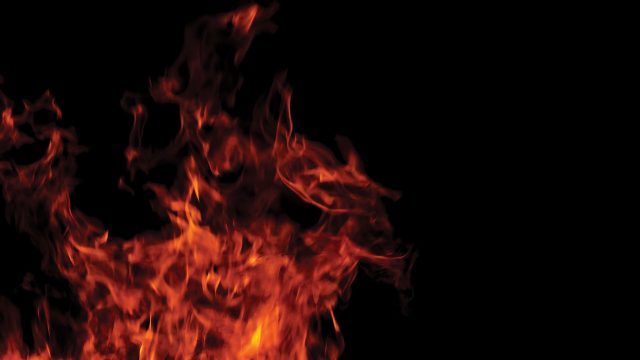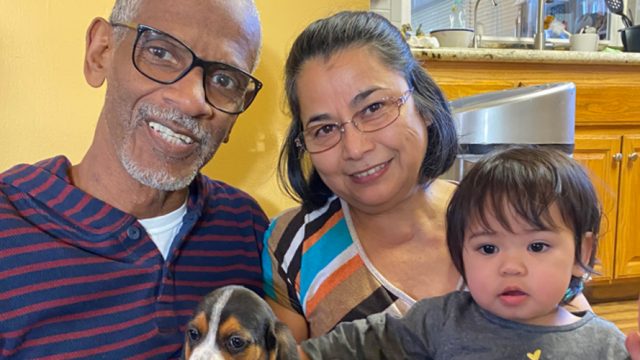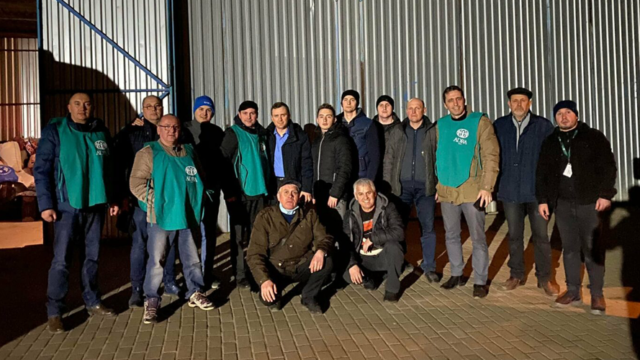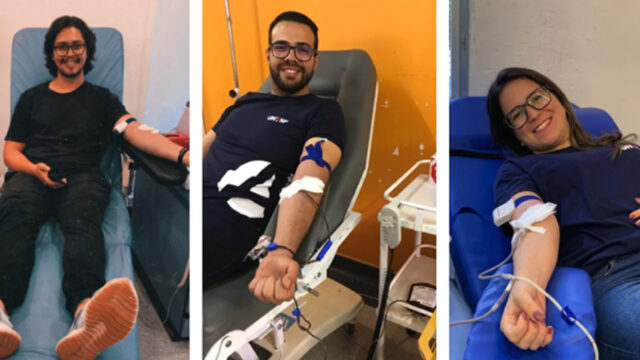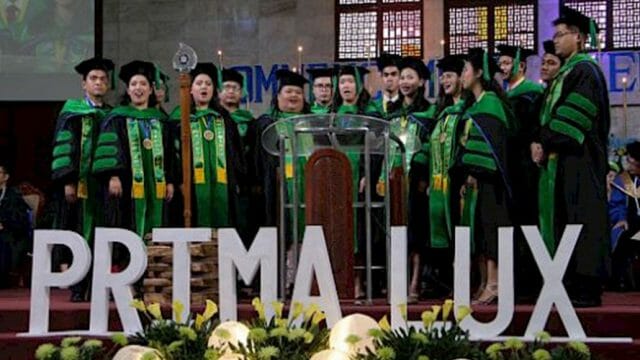An entry from the Encyclopedia of Seventh-day Adventists
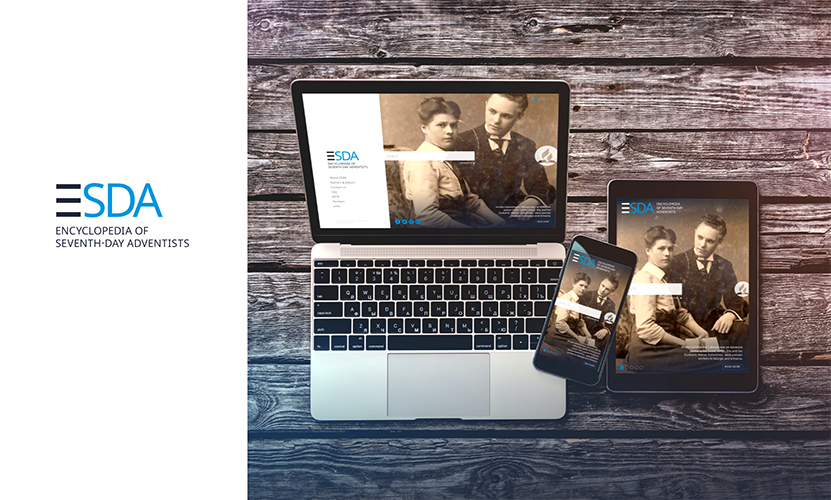
For thousands of people in “forgotten” places in South America, salvation—both physical and spiritual—has come from the river in the form of a mobile hospital.
Evangelism by mobile vehicles was pioneered in modern times by James Edson White, who used the Morning Starmission boat on the Mississippi River for evangelism in 1895. In 1927 Hans Mayr was the first missionary to Brazil to use a boat, the Ulm am Donau, meaning “on the Danube,” in honor of his hometown. This launch was dedicated to canvassing work.
In Mayr’s time, the large Brazilian mission field had few workers to reach the population living in rural areas. No roads or trains cut through the jungle, so in regions such as the north and northeast, inland residents had to navigate some of the 40,000 miles of rivers in a green maze to access a hospital. Diseases such as malaria, typhoid fever, and smallpox were aggravated by malnutrition and poor sanitation. People lived alongside jaguars, piranhas, and venomous snakes. For these people, illness meant relying on a miracle.
This situation in the Lower Amazon Mission changed in January 1929 when Pastor Leo B. Halliwell was transferred with his family from the Bahia Mission to Belém to assume the presidency of the mission. Pastor Halliwell’s wife, Jessie, was a distinguished nurse who was famous for delivering babies. In addition to nursing, Jessie was a hydrotherapy specialist and an excellent vegetarian nutritionist.
To visit those interested in Jessie’s work, the Halliwells undertook dangerous, time-consuming, and uncomfortable journeys along the Amazon. The available ships were not able to go directly to their intended locations, and crews had to continue through the narrow tributaries by canoe. The mission needed a launch that would better meet their needs but lacked the resources for one.
The Halliwells obtained the knowledge and inspiration needed to build the first launch through the pioneer vessels on the mainland, Ulm am Donau and the Messenger, commanded by Enrique Marker on the Mamoré River and its tributaries. Through exhaustive study, Leo Halliwell designed a missionary launch. Over the holidays of 1930, the Halliwells returned to the United States to raise money to build it. Halliwell visited churches and camp meetings, thrilling people with stories of his experiences in the new mission field.
Construction of the 36-foot (11-meter) launch took four months. On July 4, 1931, Jessie Halliwell named the newly constructed launch Luzeiro. After a decision was made that all such vessels would be given the same name, this original boat was known as Luzeiro I.
The boat’s mission was to provide health education and medical and dental care to about one million people. Each trip the Luzeiro made from Belém to the city of Manaus took seven months, so the launch also was the Halliwells’ second home. As they went, they visited the different regions, staying in each location for up to three days, preaching to, comforting, and praying and studying the Bible with their patients. Over 25 years, the couple served about 250,000 people, many of whom accepted the Adventist message.
The work they did for the riverside and indigenous people was welcomed by the government, which had scant resources to assist the vulnerable. State governments began to supply medicines purchased at great savings. Before leaving Belém do Pará, Leo and Jessie Halliwell received the Order Cruzeiro do Sul, by which the Brazilian nationhonors foreign people.
As technology advanced, the services offered on a succession of riverboat clinics improved. From caring for the sick and extracting teeth, the medical mission work expanded to include x-rays, ultrasound, and minor surgery. The launches carried the most serious cases to Belém Adventist Hospital.
When successive economic crises limited funding for the Luzeiro project in the 1980s and 1990s, volunteer doctors continued the work. Dr. Rogério de Paula, an infectious disease specialist, mobilized professionals and students of medicine and dentistry. They used their own resources to rent launches and visited the riverside population twice a month. In 1999 and 2000, about 5,000 people received care.
In 2019, the Luzeiro project operated three vessels. The project has the support of two permanent help bases in the cities of Barreirinha and Manacapuru. These bases have trained health professionals, medicines, and launches to transport the sick and injured. The project continues to work in partnership with local municipalities.


